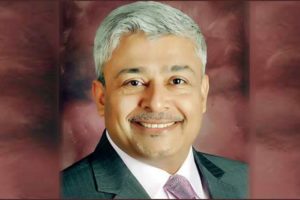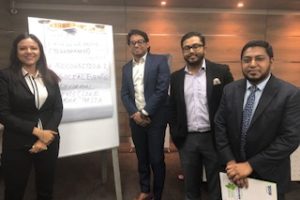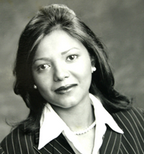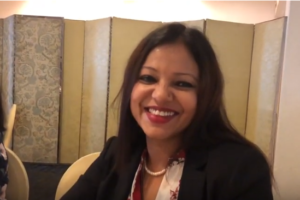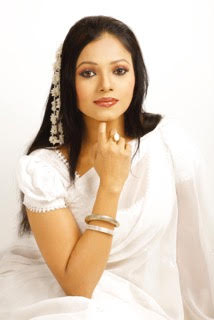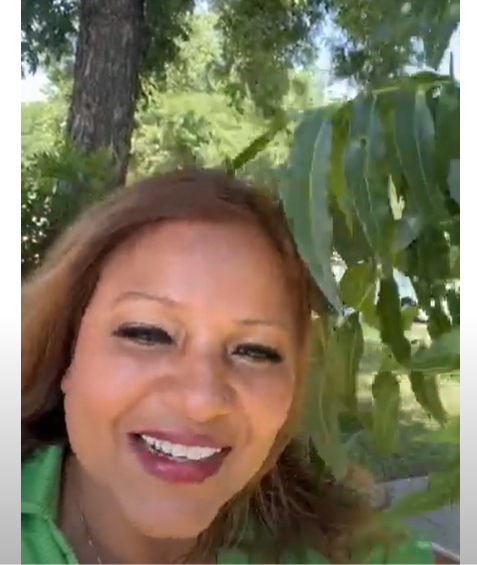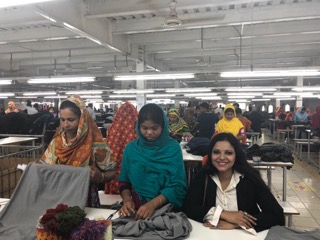Transnational crime syndicates are growing more powerful in Southeast Asia and raking in profit by exploiting rampant corruption, weak law enforcement and lax border controls, the United Nations said on Thursday.
Such groups generate profit of tens of billions of dollars each year from a rising trade in drugs, counterfeit goods and medicines, people-smuggling, and trafficking of wildlife and timber, it added.
“In many parts of Southeast Asia, the systematic payment of bribes at borders is as regulated as the payment of fees in official bureaucratic systems,” the United Nations Office on Drugs and Crime (UNODC) said in a report.
Many of the cartels, based in Hong Kong, Macau, Taiwan and Thailand, are “outpacing the ability of law enforcement to respond, while posing serious threats to public security and sustainable development,” it warned.
Rapidly expanding and poorly regulated casinos also offer crime syndicates an easy way to launder illicit earnings. Proceeds of crime are also laundered through the formal banking system in Singapore and Hong Kong, it added.
Responding to the report, a Thai senator offered to join hands with the agency and other nations to fight the menace.
“We are ready to take a leadership role and work with UNODC and international partners to build resilience and address cross-border trafficking,” said Prajin Juntong, who is also a former deputy prime minister.
METH EXPLOSION
As evidence of the rise of organised crime, the report highlighted an explosion in production of the drug methamphetamine in Myanmar and its distribution across the Asia-Pacific, often concealed in tea packages.
“The Asia-Pacific meth market is now the biggest in the world,” Jeremy Douglas, the agency’s representative for Southeast Asia and the Pacific, told Reuters.
“Of all the organised crime types, meth trafficking is the most dangerous and the most profitable. It underpins the growing power of these transnational crime groups.”
The trade was worth between $30.3 billion and $61.4 billion last year, up from $15 billion in 2013, the agency said.
The most valuable markets in Australia, Japan, New Zealand and South Korea make up $20 billion, or a third of the high-end estimate, it added.
More than 12 million users in East Asia, Southeast Asia, Australia and New Zealand consumed about 320 tonnes of pure methamphetamine last year, the bulk from industrial-scale labs in northern Myanmar, it estimated.
A record 120 tonnes was also seized by law enforcement, but falling prices show more reaches users than is impounded.
Crystal meth, mostly consumed by middle-class party-goers in developed countries, is ingested in poorer countries as tablets mixed with caffeine, often to help users cope with gruelling work in factories and construction sites.
The purity of crystal meth, the most potent form, ranges between 50 and 90 percent, but in tablets it ranges from 15 to 25 percent.





